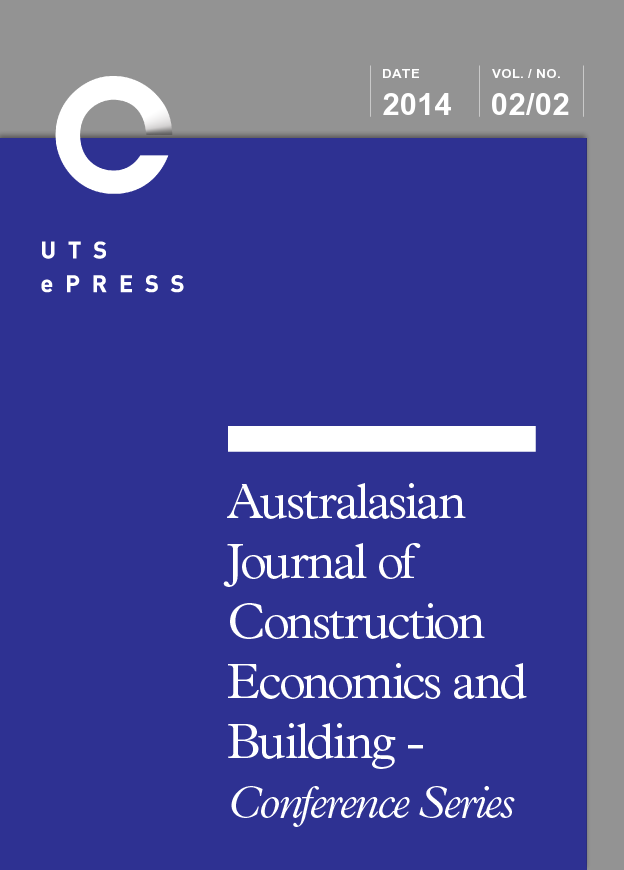A Competency Knowledge-Base for BIM Learning
Main Article Content
Abstract
Building Information Modelling (BIM) tools and workflows continue to proliferate within the Design, Construction and Operation (DCO) industry. To equip current and future industry professionals with the necessary knowledge and skills to engage in collaborative workflows and integrated project deliverables, it is important to identify the competencies that need to be taught at educational institutions or trained on the job. Expanding upon a collaborative BIM education framework pertaining to a national BIM initiative in Australia, this paper introduces a conceptual workflow to identify, classify, and aggregate BIM competency items. Acting as a knowledge-base for BIM learners and learning providers, the aggregated competency items can be used to develop BIM learning modules to satisfy the learning requirements of varied audiences - be they students, practitioners, tradespeople or managers. This competency knowledge-base will facilitate a common understanding of BIM deliverables and their requirements, and support the national efforts to promote BIM learning.
Keywords:BIM competency, BIM education, BIM learning modules, competency knowledge-base, learning triangle.
Article Details
Section
Authors who publish with this journal agree to the following terms:
a) Authors retain copyright and grant the journal right of first publication with the work simultaneously licensed under a Creative Commons Attribution License that allows others to share and adapt the work with an acknowledgement of the work's authorship and initial publication in this journal.
b) Authors are able to enter into separate, additional contractual arrangements for the non-exclusive distribution of the journal's published version of the work (e.g., post it to an institutional repository or publish it in a book), with an acknowledgement of its initial publication in this journal.
c) Authors are permitted and encouraged to post their work online (e.g., in institutional repositories or on their website) prior to and during the submission process, as it can lead to productive exchanges, as well as earlier and greater citation of published work (See The Effect of Open Access). Where authors include such a work in an institutional repository or on their website (ie. a copy of a work which has been published in a UTS ePRESS journal, or a pre-print or post-print version of that work), we request that they include a statement that acknowledges the UTS ePRESS publication including the name of the journal, the volume number and a web-link to the journal item.
d) Authors should be aware that the Creative Commons Attribution (CC-BY) License permits readers to share (copy and redistribute the work in any medium or format) and adapt (remix, transform, and build upon the work) for any purpose, even commercially, provided they also give appropriate credit to the work, provide a link to the license, and indicate if changes were made. They may do these things in any reasonable manner, but not in any way that suggests you or your publisher endorses their use.
